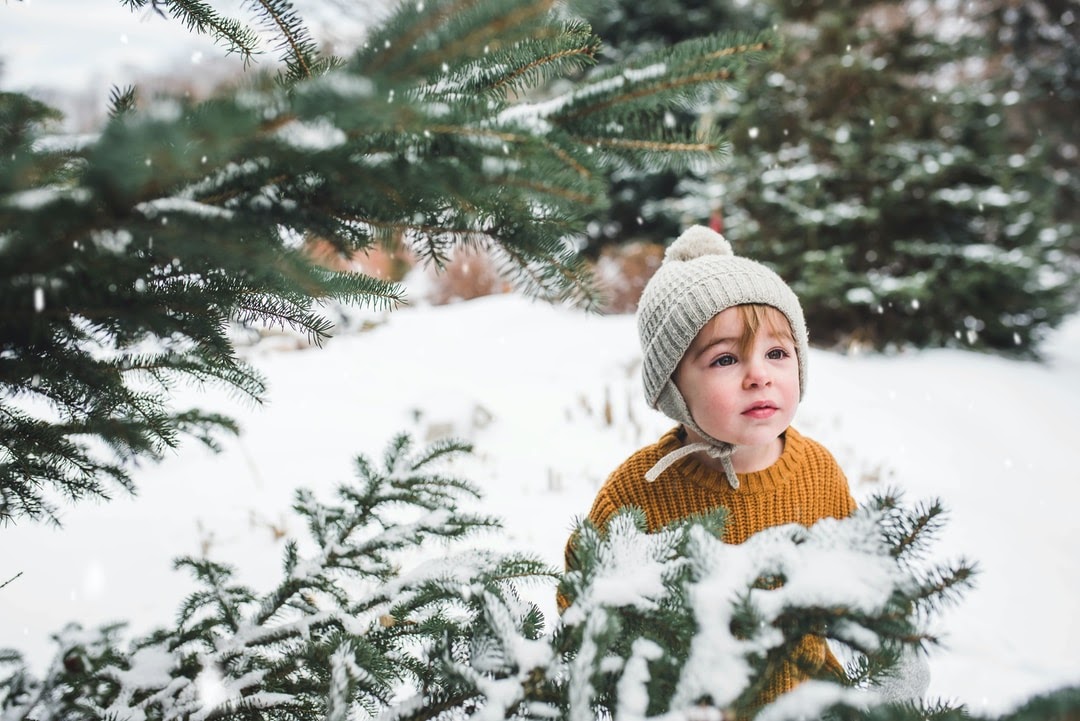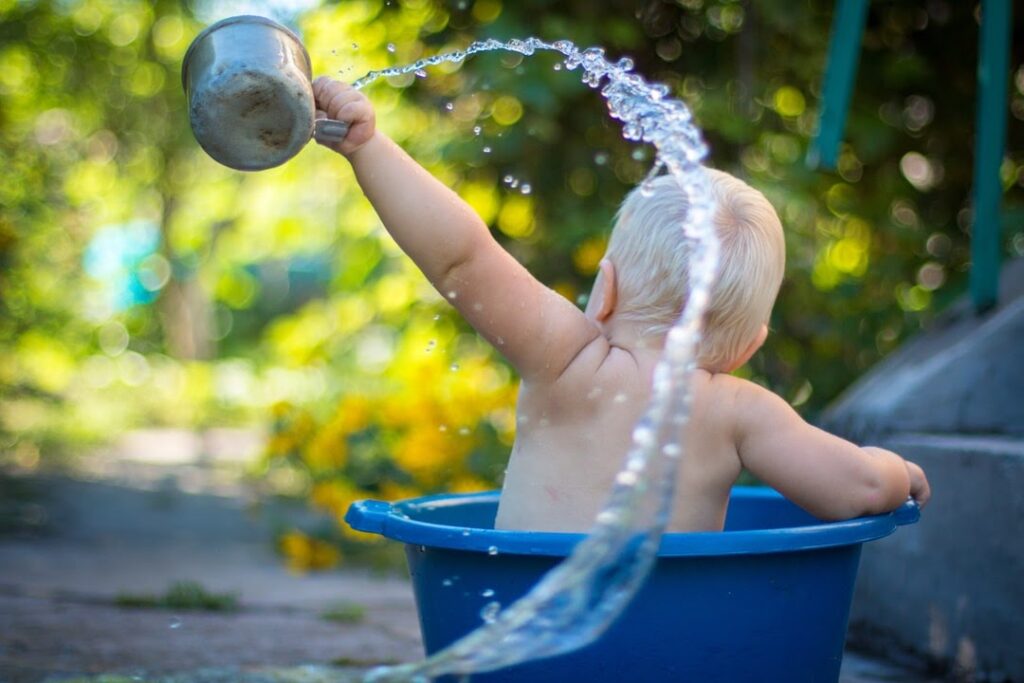In your baby’s first year of life, they are more sensitive to temperature changes, and they are more likely to get hurt or sick because they are entirely helpless. They depend on the adults around them for everything, including protection from potential dangers. While this may seem like an enormous responsibility, there are plenty of small things you can do to ensure your baby’s safety. Being present and alert is the most basic way to be aware of unexpected dangers.
There are added dangers depending on the time of year it is. Here are a few things to be mindful of to protect your baby throughout each season.
Summer
While there are many risks to your baby in the summer months, including heatstroke and severe sunburns, accidental drowning is one of the most significant risks. While you may be tempted to stay away from water to keep your baby safe, there is a better option to allow you and your baby to enjoy the water safely. Invest in a baby life jacket that is highly rated and perfectly fitted for your baby.
Even if you take your baby to watch water sports, keeping a US Coast Guard-approved life jacket on your baby at all times is the safest approach. The life jacket should be on your baby if you are swimming, on a boat, on a kayak, or getting involved in any water sports. The life vest or personal flotation device should have a snug fit if it is the right size and have a crotch strap to prevent your baby from slipping out of it.
Fall

A lot of people think of spring and early summer as allergy season. However, it depends on the type of allergies you have. For example, ragweed is one of the allergens that impact most people. The ragweed season is typically from August to early October, so your baby is more likely to be affected by a ragweed allergy in the fall. If you find your baby has allergic reactions while outside during the fall, talk to your pediatrician about a possible allergy to determine what it is. Once you know exactly what your baby is allergic to, you can take steps to protect them.
Winter

Your baby will be extra sensitive to the cold their first winter because they are not yet accustomed to it. The best way to protect them when outside is by bundling them up in layers. Like adults, layering is far more effective at keeping the heat in than one thick heavy layer. Keep as much of their skin covered as possible, and limit playtime outside. It can be exhausting to get your baby all bundled up to be out for 15 minutes at a time, but it is the best approach to ensure your baby doesn’t get too cold or injured from the cold air or wind.
Spring

Spring often feels great, especially if it is after a freezing winter, but that can lead to people not properly dressing for the weather because it feels so much better. Spring often brings more rain, and while it may not be terrible for you to be in wet clothes due to an unexpected shower, it can cause your baby to get sick. The best way to protect your baby in the spring is to make sure they stay warm and dry regardless of where you are going.
Keeping your baby safe doesn’t mean you need to keep them in the house all year. It simply means you need to think ahead and take extra steps to ensure they are safe during activities regardless of the weather. You may decide that the weather is too extreme for your baby to be outside, which is also okay. As a new parent, you need to trust your gut when you have concerns for your baby’s safety.

